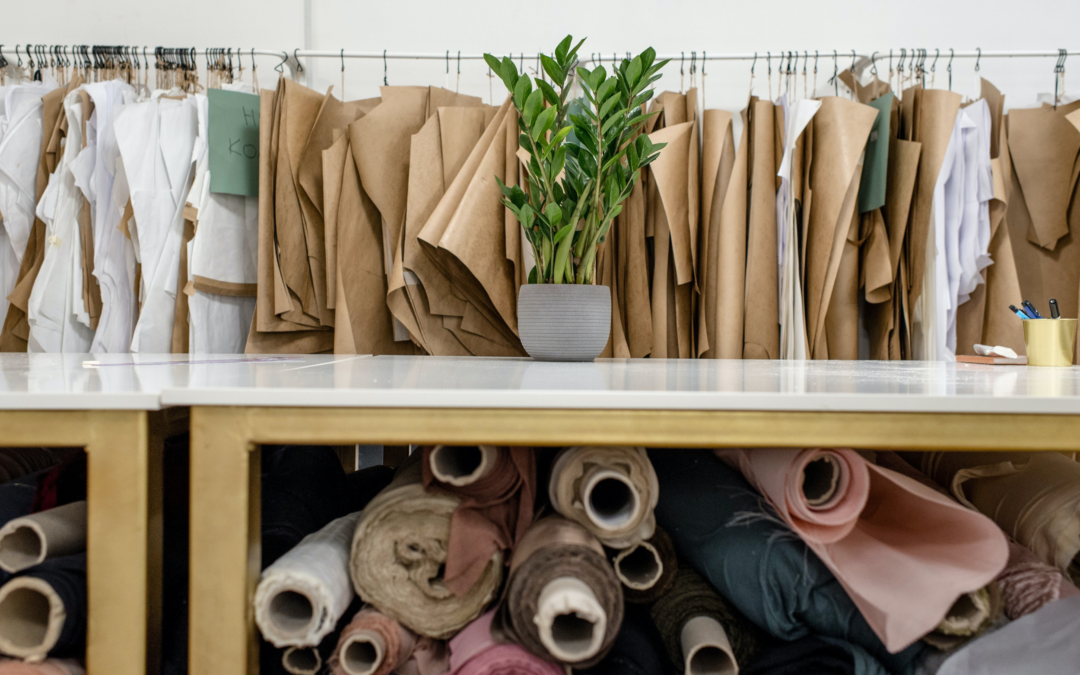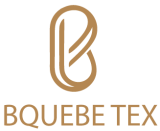Quality Assurance in Garments Sourcing House refers to the systematic process of ensuring that clothing meets set standards and specifications. It encompasses everything from material selection to the final inspection before shipment.

Quality Assurance (QA) plays a pivotal role in the garments sourcing industry. It ensures that sourced apparel meets both the buyer’s expectations and regulatory compliances. This proactive approach not only scrutinizes material quality and production processes but also mandates regular supplier audits and continuous monitoring through the supply chain.
Effective QA helps maintain a brand’s reputation, reduces production errors, and minimizes costs associated with returns or recalls. As brands compete in a global market, stringent quality checks by garments sourcing houses have become essential, helping to sustain customer loyalty and trust in a brand’s promise of quality.
Defining Quality Assurance In Garments Sourcing
Quality Assurance (QA) stands as a pivotal element within garments sourcing houses. It ensures the sourcing of high-quality garments. By maintaining stringent standards, QA safeguards the reputation of brands and satisfies consumers. QA’s role is to systematically monitor and evaluate various aspects of project implementation. This scrutiny includes everything from material selection to the final output. Through rigorous assessment, QA helps reduce defects and enhances customer satisfaction.
Core Principles Of Textile Quality Assurance
Quality Assurance (QA) is key in garments sourcing. QA ensures that clothes meet set standards every time. Each piece of clothing must be the same. This means same size, color, and quality. Factories follow a strict process. This process makes sure that all clothes are made well. Standards are important for selling to different countries. This process is called Consistency in Production. Meeting International Standards is critical for success. This includes following rules from other countries. Clothes are tested, and they must pass these tests. If they pass, they can be sold worldwide.
Building A Reliable Qa Framework
Quality Assurance (QA) in a garments sourcing house is vital for sustaining product quality and customer satisfaction. The QA plan is the backbone of a trustworthy QA framework. Key components include thorough inspections, standardized procedures, and consistent training for the QA team. These elements work together to prevent defects and ensure all garments meet industry standards. QA integration into operations begins with setting clear quality objectives. This is followed by defining responsibilities for every team member. Regular audits and feedback sessions help maintain high-quality standards. Effective communication is crucial to ensure everyone understands the QA plan’s importance.

Credit: www.linkedin.com
Challenges In Garments Qa
Quality Assurance (QA) in the garments sourcing house faces distinct challenges. Dealing with diverse fabric types requires detailed knowledge. Professionals must understand each fabric’s unique properties. They also need skills to test and ensure quality standards. Maintaining consistent quality with large volumes is tough. Sourcing houses often work with many orders at once. Each batch must meet the client’s quality expectations. This task demands strict oversight and a thorough QA process.
Quality Control Vs. Assurance
Quality Assurance (QA) and Quality Control (QC) are crucial in garments sourcing houses. QA focuses on preventing defects by managing quality processes. Whereas QC involves detecting defects in the final product through inspection and testing. Although different, QA and QC work together like two hands. Apparel production relies on this duo for high-quality outputs. Implementing QA means setting high standards from the start. On the other hand, QC ensures that these standards are met consistently. Both aim to deliver excellent garments to customers. Teams in a sourcing house collaborate closely to embed quality in every layer of production.
Role Of Technology In Qa
Quality Assurance (QA) in garments sourcing is crucial. Technology plays a key role in enhancing QA. Software tools help maintain high standards. They track and report on product quality. Automation takes it further by doing quality checks quickly. Software for QA lets teams spot issues fast. It saves time. It makes sure every piece meets the standard. With software, errors decrease. This means better clothes for everyone. Automation in Quality Checks means machines do the work. They look at each garment without tiring. They are precise. They can notice small errors that humans might miss. This makes sure every garment is good to wear.
Supplier Management For Qa
Evaluating vendors is key to quality assurance in a garments sourcing house. Teams carefully check a supplier’s production capacity, quality control systems, and delivery track record. Technical proficiency, use of modern machinery, and skilled workforce are also examined. Ensuring suppliers adhere to quality standards safeguards the sourcing house reputation. Regular audits and certifications are required. Training programs might be conducted to uplift supplier performance aligning with industry best practices.
| Supplier Compliance Factor | Details |
|---|---|
| Quality Control | Systems in place to maintain product standards |
| Skilled Workforce | Trained employees capable of delivering quality output |
| Equipment | Modern machinery for precision and efficiency |
| Delivery Performance | Consistently meeting delivery timelines |
| Audits | Frequent checks to ensure standard compliance |
Qa From Design To Delivery
Quality Assurance (QA) is a critical step for a garment sourcing house. It starts before a single piece gets made. Initial plans ensure designs meet high standards. Experts review materials and blueprints carefully. They check if the final product will look good and last long. Quality checkpoints get set up. These checks ensure every piece is perfect. Getting clothes from factory to store needs care. Goods must be packed right and sent fast. Safe and timely delivery is key for quality. Inspectors look at how things are shipped. They want to make sure your new clothes arrive without damage.
Auditing And Compliance
Quality Assurance (QA) plays an essential role in the garment sourcing industry. Focused on maintaining high standards, QA ensures that products meet both customer and regulatory requirements. A key component of QA is conducting regular audits. These assessments verify the adherence to quality protocols and identify areas for improvement. To uphold safety standards, compliance is crucial. Garment sourcing houses are expected to strictly follow health and safety regulations. This ensures end products are safe for consumers. Failing to meet these standards can lead to consequences including product recalls, legal issues, and brand reputation damage. Thus, regular compliance checks are integral to a sourcing house’s operations.

Credit: www.orientworks.net
Training And Development For Qa Teams
Training and development is crucial for QA teams in a garment sourcing house. Teams receive education on the latest fashion guidelines and quality checks. Skills enhancement includes learning new inspection techniques and communication strategies. These improve the team’s ability to spot and fix issues. To foster a quality culture, continuous training sessions and workshops are key. They teach skills to maintain high standards.
The Future Of Qa In Apparel Sourcing
The landscape of Quality Assurance (QA) in garments sourcing houses is evolving. Technological advancements and shifts in global trade are significant forces impacting QA strategies. The adoption of automation and AI technologies is paving the way for enhanced efficiency and accuracy in quality checks. With real-time tracking and data analytics, QA teams can now promptly identify and address issues. Environmental sustainability is also becoming a core component of QA practices, ensuring products meet ethical standards. Smart garments are emerging, necessitating new QA measures to maintain their complex functionalities. Customers’ demand for quality and transparency is driving sourcing houses to adopt more customer-centric QA processes. They focus on maintaining high-quality products while adapting to a dynamic market environment. The future of QA in apparel sourcing is aligning with these key trends, setting a higher bar for quality standards in the industry.

Credit: www.linkedin.com
Frequently Asked Questions On What Is Quality Assurance In Garments Sourcing House?
What Is Quality Assurance In Garment Sourcing?
Quality assurance in garment sourcing is the process of ensuring that clothing items meet predetermined quality standards. It involves inspecting and testing materials, overseeing production, and ensuring the final products are defect-free, ultimately guaranteeing customer satisfaction.
Why Is Qa Crucial In Garment Sourcing Houses?
QA is crucial in garment sourcing houses to maintain product consistency, prevent defective goods, and protect brand reputation. It minimizes returns and complaints by ensuring each item adheres to the industry and client-specific standards.
How Does Qa Benefit Garment Manufacturers?
QA benefits garment manufacturers by improving efficiency, reducing waste, and saving costs. It helps streamline production processes and enhances the durability and appeal of the final apparel, leading to higher customer satisfaction and loyalty.
What Processes Are Involved In Qa For Garments?
QA for garments involves material inspection, in-line and end-of-line production checks, and final audits. These processes ensure that fabric quality, stitching, sizing, color fastness, and overall workmanship comply with the required standards.
Conclusion
Quality assurance is pivotal in the garment sourcing industry. It guarantees customer satisfaction and maintains brand reputation. Implementing stringent QA measures ensures products meet the highest standards. To thrive in fashion, prioritize excellence in quality assurance. Embrace it as your hallmark for long-term success.
